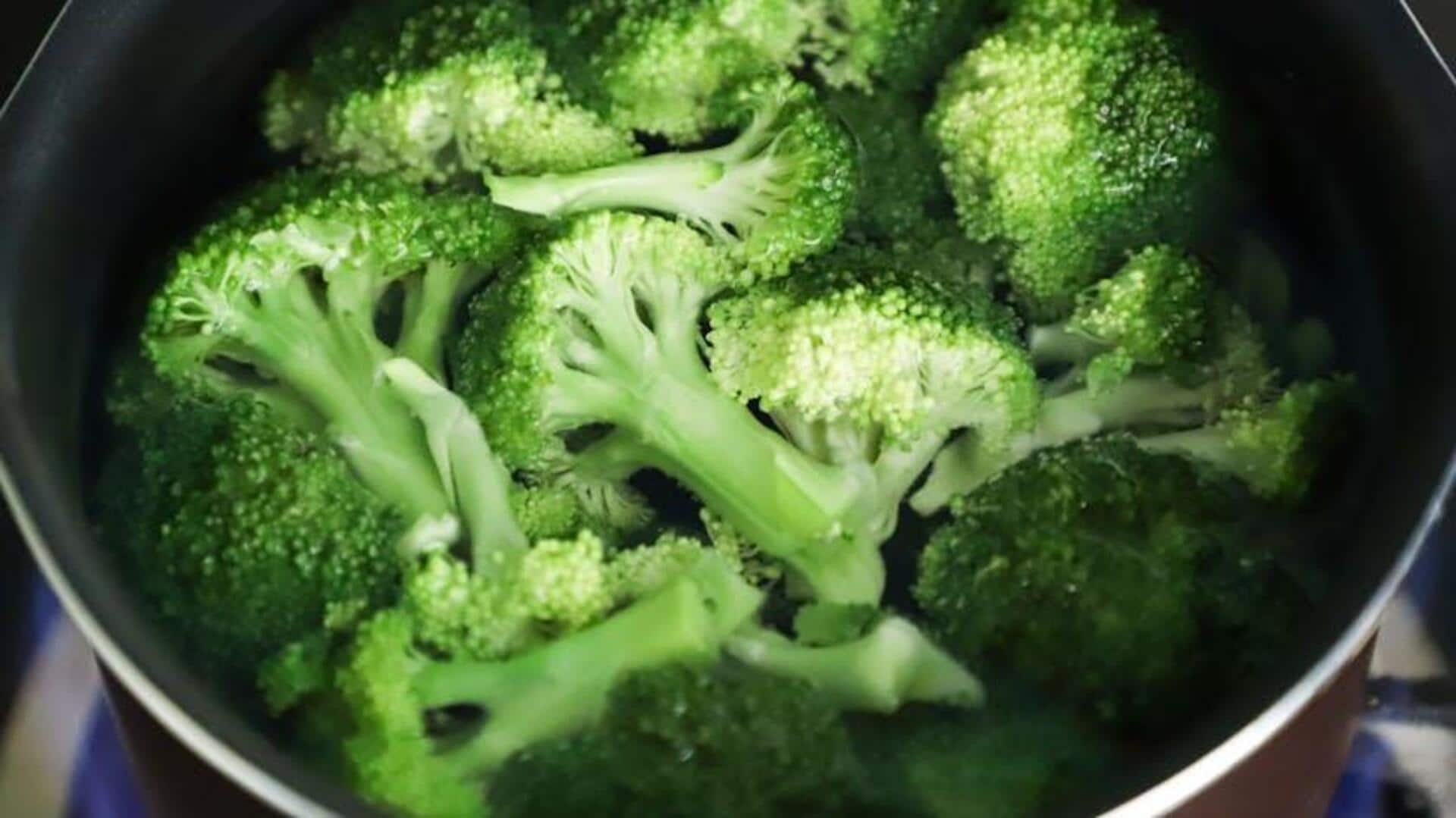
Broccoli v/s Brussels sprouts: Comparing their nutrition
What's the story
Broccoli and Brussels sprouts are two of the most popular cruciferous vegetables. They are also extremely healthy, packed with health benefits. Both are loaded with essential nutrients, despley the staple in most diets. In this article, we will take a look at the nutritional profiles of these vegetables, comparing their vitamin content, minerals, fiber, and antioxidants. Here's how they stack up against each other.
Vitamins
Vitamin content comparison
Broccoli is an amazing source of vitamin C and vitamin K. In fact, a single serving can give you more than 100% of the daily recommended intake for both vitamins. Brussels sprouts also provide a considerable amount of vitamin C but slightly less vitamin K than broccoli. Both vegetables are also rich in the B vitamins such as folate and B6, which are essential for energy metabolism.
Minerals
Mineral presence in each vegetable
Both broccoli and Brussels sprouts are rich in minerals, like potassium and calcium, important for many functions of the body. Broccoli has a higher calcium content, making it especially good for your bone health. On the other hand, Brussels sprouts are richer in iron than broccoli, which is important for blood health. These differences emphasize the unique nutritional benefits of each vegetable in a balanced diet.
Fiber
Fiber levels: A digestive aid
Fiber is key to your digestive health, and both broccoli and Brussels sprouts give a decent amount of it. Broccoli provides a tad more dietary fiber per serving than Brussels sprouts. Eating fiber-rich foods like these promotes regular bowel movements and can also help with weight management by making you feel full.
Antioxidants
Antioxidant properties explored
Antioxidants protect the body from oxidative stress due to free radicals. Both broccoli and Brussels sprouts are rich in antioxidants like sulforaphane and glucosinolates that make them cancer-fighting veggies. While both vegetables provide these compounds, broccoli has been observed to provide more of sulforaphane than its counterpart.